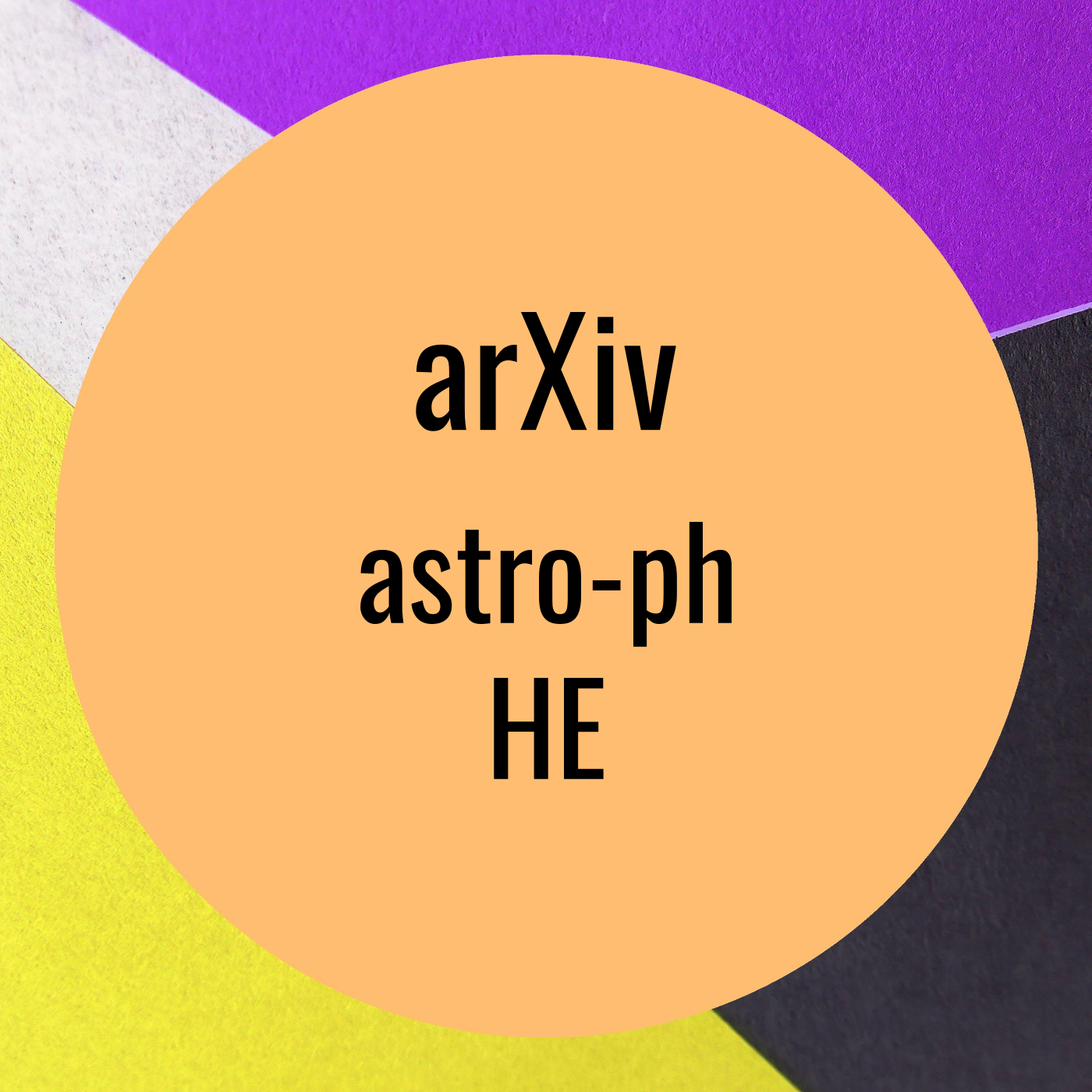Outer disc edge: properties of low frequency aperiodic variability in ultracompact interacting binaries
Description
Outer disc edge: properties of low frequency aperiodic variability in ultracompact interacting binaries by M. Veresvarska et al. on Tuesday 29 November
Flickering, and more specifically aperiodic broad-band variability, is an
important phenomenon used in understanding the geometry and dynamics of
accretion flows. Although the inner regions of accretion flows are known to
generate variability on relatively fast timescales, the broad-band variability
generated in the outer regions have mostly remained elusive due to their long
intrinsic variability timescales. Ultra-compact AM CVn systems are relatively
small when compared to other accreting binaries and are well suited to search
and characterise low frequency variability. Here we present the first low
frequency power spectral analysis of the ultracompact accreting white dwarf
system SDSS J1908$+$3940. The analysis reveals a low frequency break at $\sim
6.8 \times 10^{-7} $ Hz in the time-averaged power spectrum as well as a second
higher frequency component with characteristic frequency of $\sim 1.3 \times
10^{-4} $ Hz. We associate both components to the viscous timescales within the
disc through empirical fits to the power spectrum as well as analytical fits
using the fluctuating accretion disk model. Our results show that the low
frequency break can be associated to the disk outer regions of a geometrically
thin accretion flow. The detection of the low frequency break in SDSS
J1908$+$3940 provides a precedent for further detection of similar features in
other ultracompact accreting systems. More importantly, it provides a new
observable that can help constrain simulations of accretion flows.
arXiv: http://arxiv.org/abs/http://arxiv.org/abs/2211.14338v1
More Episodes
Hard X-ray Observations of the Hydrogen-poor Superluminous Supernova SN 2018hti with NuSTAR by Igor Andreoni et al. on Wednesday 30 November
Some Hydrogen-poor superluminous supernovae are likely powered by a magnetar
central engine, making their luminosity larger than common supernovae....
Published 11/30/22
Fundamental physics with neutron stars by Joonas Nättilä et al. on Wednesday 30 November
Neutron stars are rich laboratories of multiple branches of modern physics.
These include gravitational physics, nuclear and particle physics, (quantum)
electrodynamics, and plasma astrophysics. In this...
Published 11/30/22
Published 11/30/22


